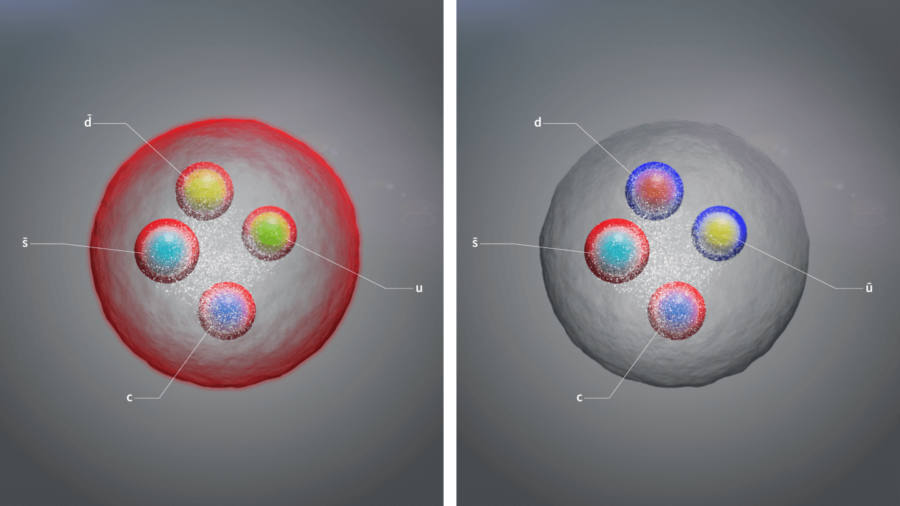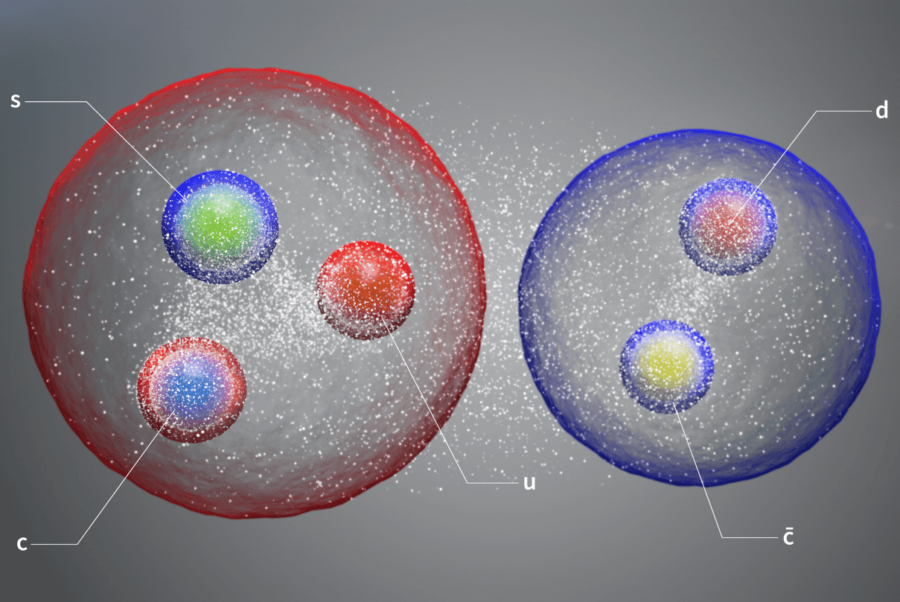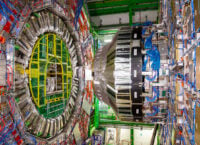The LHCb international collaboration at the Large Hadron Collider observed three previously unseen particles. This is a new type of “pentaquark” and the first ever pair of “tetraquarks” to include a new type of tetraquark. The results were presented on July 5 at the CERN seminar. This is reported by the official website of the organization.
The new particles join a growing list of new hadrons (elementary particles involved in strong interactions). They will help physicists better understand the “behavior” of quarks.
Usually, quarks combine in twos and threes, forming such hadrons as protons and neutrons, which in turn are part of atomic nuclei. Less often, quarks combine into particles of four and five – “tetraquarks” and “pentaquarks”. The existence of these particles was predicted almost 60 years ago, but only in the last 20 years could they be seen.

Over the past two years, the collaboration discovered different types of exotic hadrons, which consisted of quarks and antiquarks of various kinds. The openings announced yesterday add to their list.
“The more analyses we perform, the more kinds of exotic hadrons we find. We’re witnessing a period of discovery similar to the 1950s, when a ‘particle zoo’ of hadrons started being discovered and ultimately led to the quark model of conventional hadrons in the 1960s. We’re creating ‘particle zoo 2.0’,” says LHCb physics coordinator Niels Tuning.
According to scientists, the discovery of new types of tetraquarks and pentaquarks, as well as the measurement of their properties, will help develop a unified model of exotic hadrons, whose nature is still unknown. It will also help to better understand “ordinary” hadrons.





Loading comments …